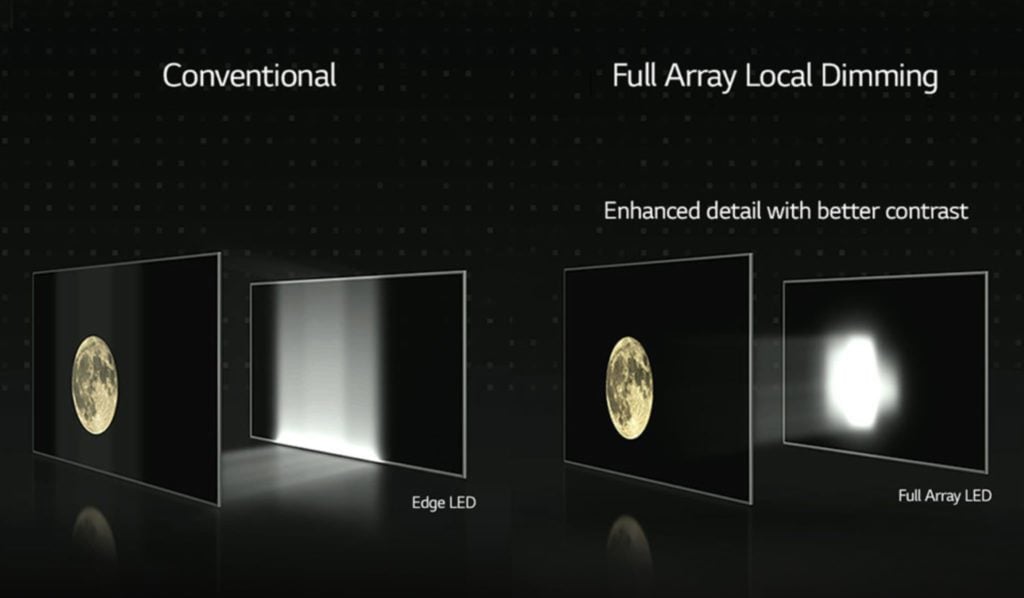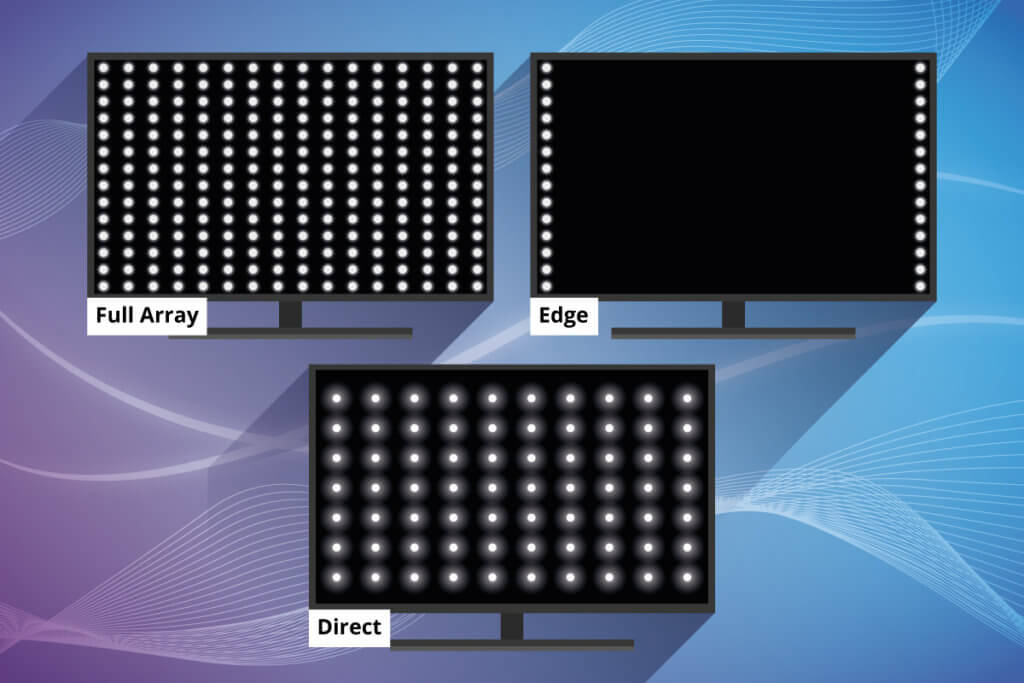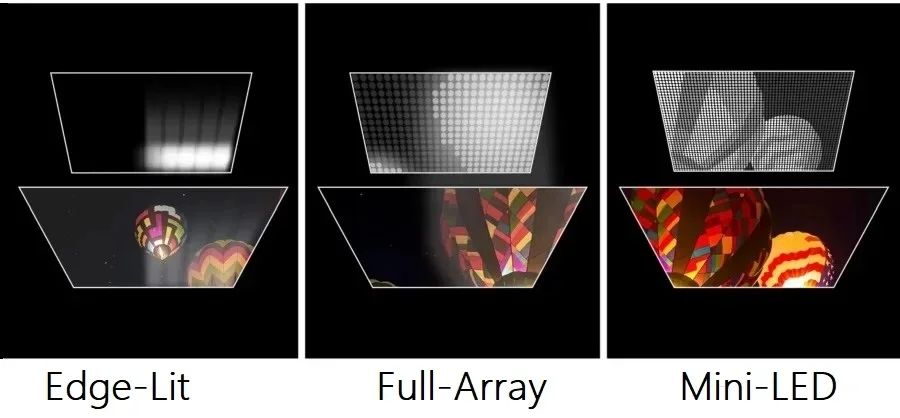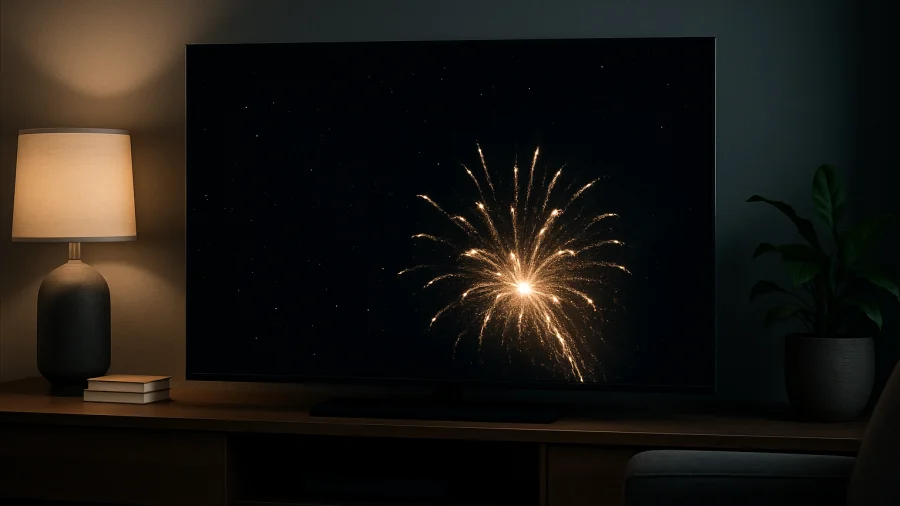Full Array Local Dimming Vs Direct Lit

In the quest for visual perfection in modern televisions, the battle between display technologies rages on. Two contenders, Full Array Local Dimming (FALD) and Direct Lit, stand out as crucial factors influencing picture quality, particularly contrast and black levels. Understanding the nuances of each technology is crucial for consumers navigating the ever-evolving TV market.
The differences between FALD and Direct Lit technologies are more than just technical specifications; they translate directly into the viewing experience. This article dives into the intricacies of each technology, examining their strengths, weaknesses, and impact on overall picture quality to provide a comprehensive comparison.
Understanding the Core Technologies
At their core, both FALD and Direct Lit describe how the backlight is positioned relative to the LCD panel in a television. This positioning significantly impacts the TV's ability to reproduce accurate colors, deep blacks, and vibrant highlights.
Direct Lit: A Uniform Approach
Direct Lit televisions feature LEDs positioned directly behind the entire LCD panel. While this configuration generally provides uniform brightness across the screen, it often struggles to achieve truly deep black levels. When a dark area is displayed, all the LEDs behind that area remain illuminated, albeit dimmed, leading to a grayish appearance instead of true black.
This can result in reduced contrast and less vibrant picture quality compared to more advanced technologies. It is generally considered the entry-level approach for backlighting LED TVs, often found in more affordable models.
Full Array Local Dimming: Precision Control
FALD takes a more sophisticated approach. Like Direct Lit, LEDs are positioned behind the LCD panel, but these LEDs are grouped into zones that can be individually controlled. Local dimming refers to the ability to dim or turn off these zones independently based on the content displayed on the screen.
When displaying a dark scene, the LEDs behind the corresponding area of the screen can be dimmed or completely turned off, creating deeper blacks and significantly improving contrast. Conversely, bright areas can be rendered with greater intensity by boosting the LEDs in those zones.
The Impact on Picture Quality
The advantages of FALD become apparent when comparing picture quality metrics. The ability to dim or turn off LEDs in specific zones significantly enhances contrast ratio, which is the difference between the brightest and darkest parts of an image.
A higher contrast ratio translates to a more dynamic and immersive viewing experience, with richer colors and greater detail in both bright and dark scenes. According to a 2023 report by Rtings.com, TVs with effective FALD systems consistently outperform Direct Lit models in contrast ratio and black level measurements.
However, FALD is not without its potential drawbacks. A common issue is blooming, where light from bright areas spills over into adjacent dark areas. The effectiveness of a FALD system depends on the number of dimming zones; more zones generally result in better control and reduced blooming, but also increase the cost and complexity of the television.
Cost and Availability
Direct Lit TVs are typically more affordable due to their simpler design and manufacturing process. These models are readily available across various brands and screen sizes, making them a popular choice for budget-conscious consumers.
FALD technology adds complexity and cost, and is typically found in mid-range to high-end televisions. While initially limited to premium models, FALD is becoming increasingly common in more affordable TVs as technology advances and manufacturing costs decrease.
The Future of Backlighting
The future of TV backlighting is likely to see further refinement of FALD technology, with manufacturers increasing the number of dimming zones and implementing more sophisticated algorithms to control them. Mini-LED technology, a recent development, uses significantly smaller LEDs to create even more dimming zones, further improving contrast and reducing blooming.
Ultimately, the choice between Direct Lit and FALD depends on individual viewing preferences and budget considerations. While Direct Lit TVs offer a more affordable option for general viewing, FALD provides a superior picture quality with deeper blacks and enhanced contrast. As technology continues to advance, expect to see FALD and its derivatives becoming even more prevalent in the TV market, bringing higher-quality viewing experiences to a wider audience.







